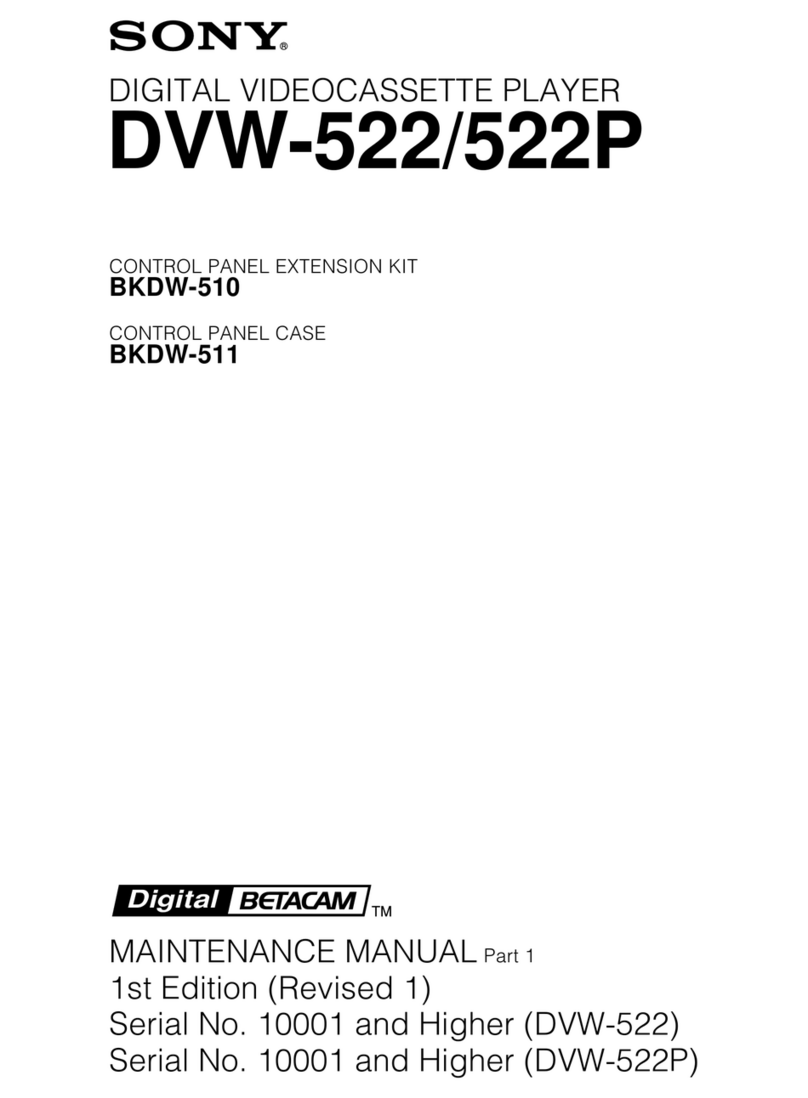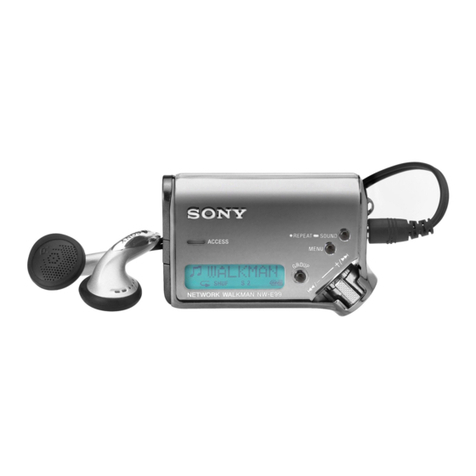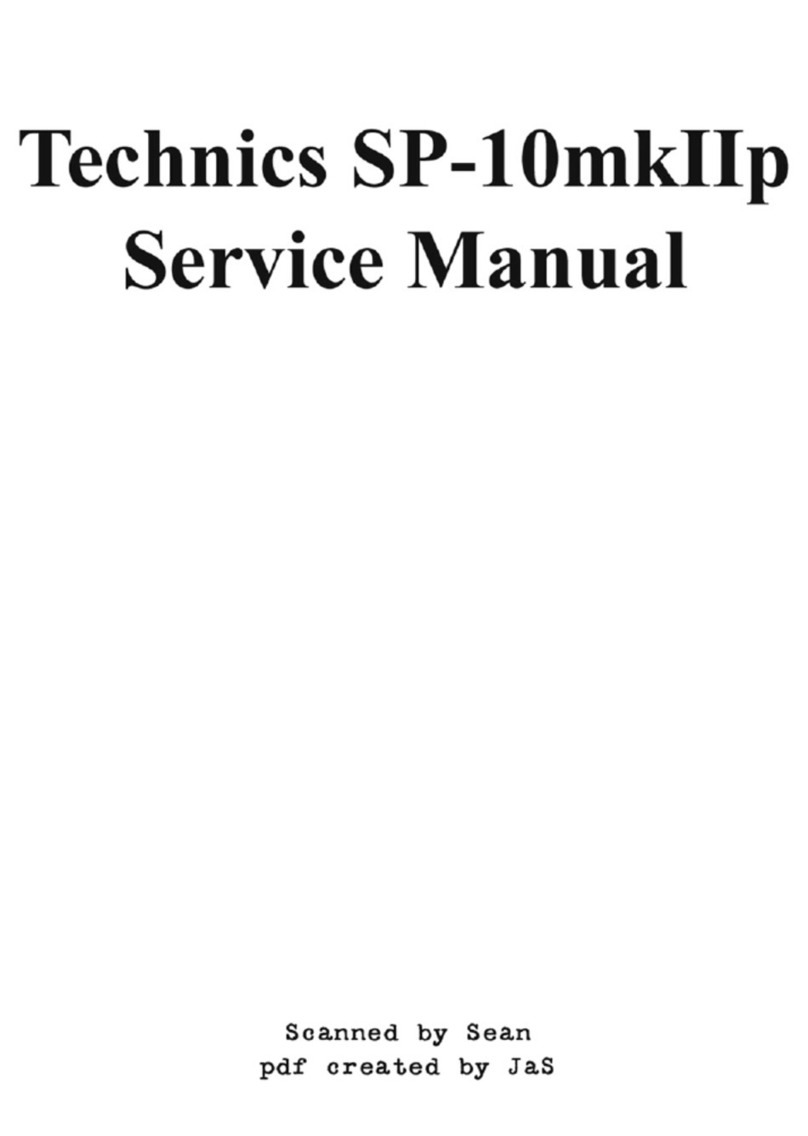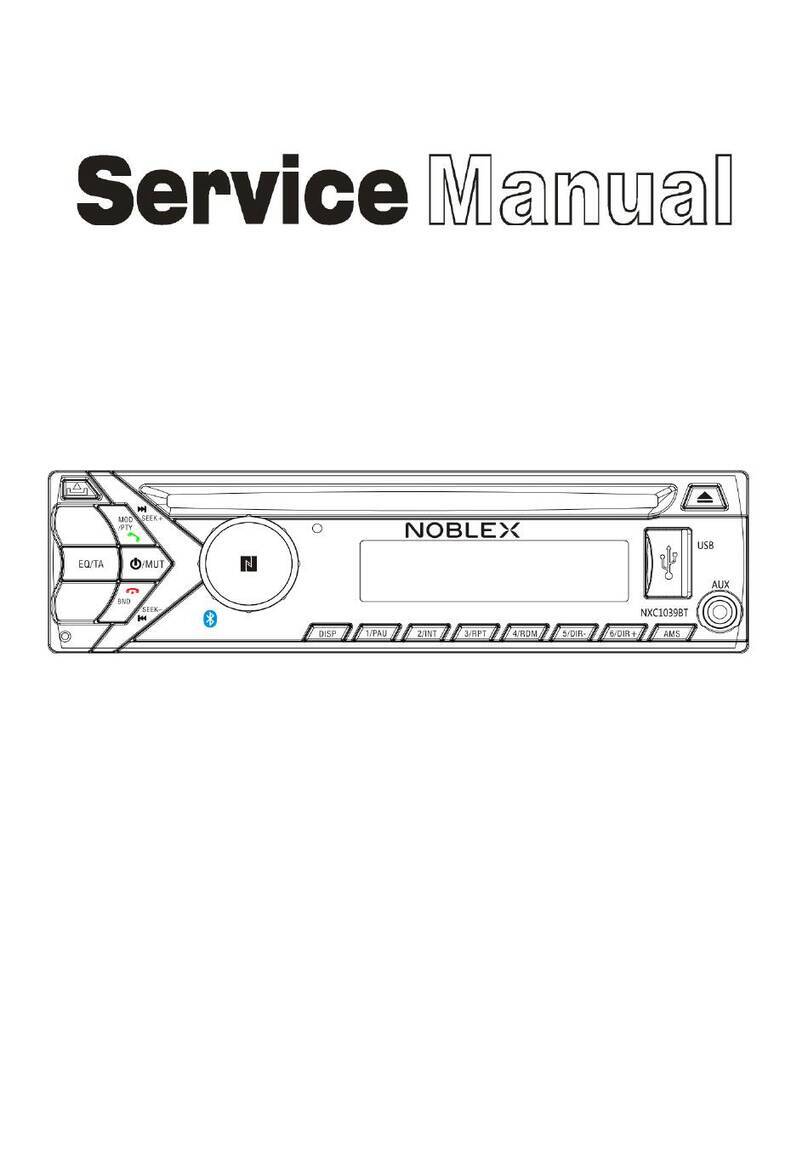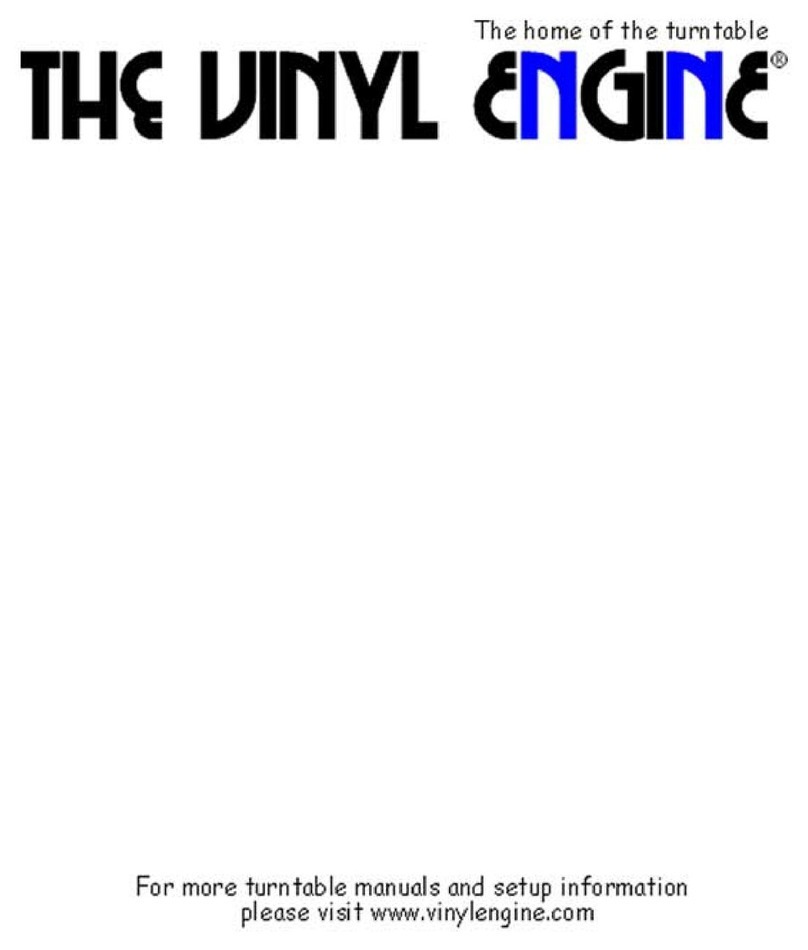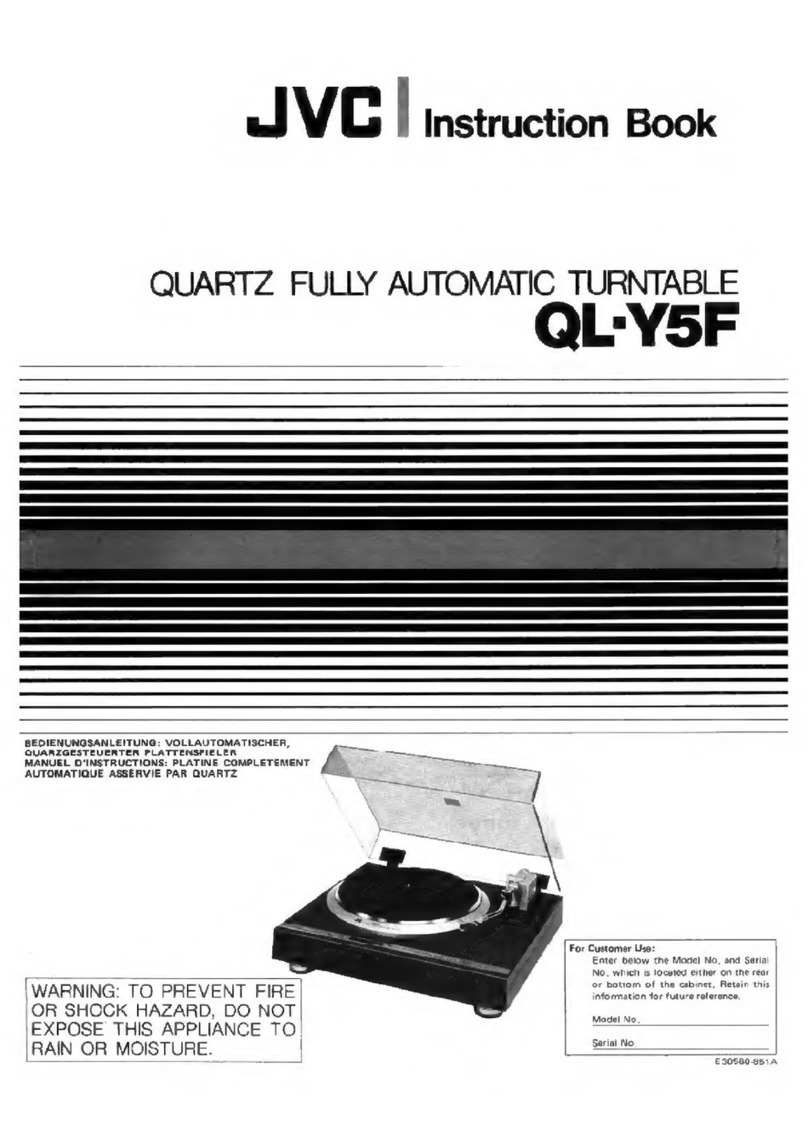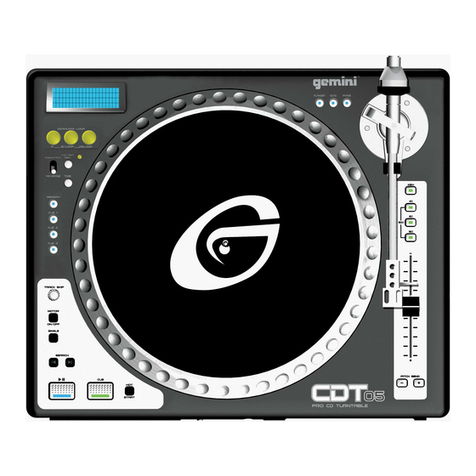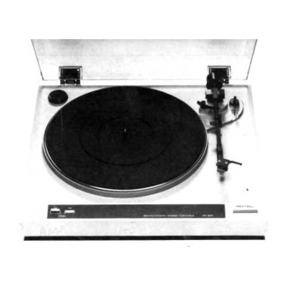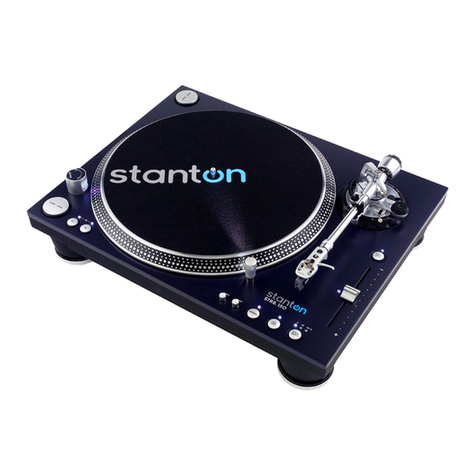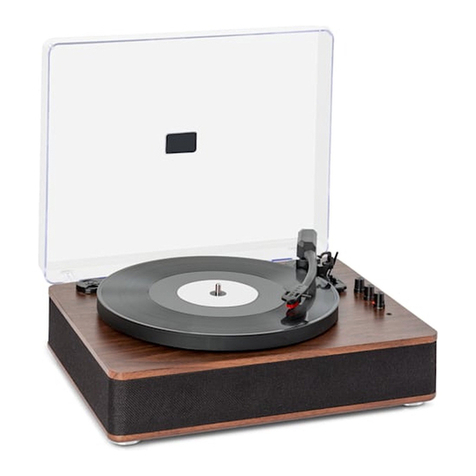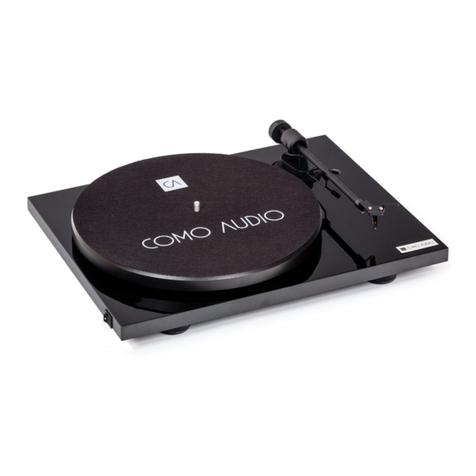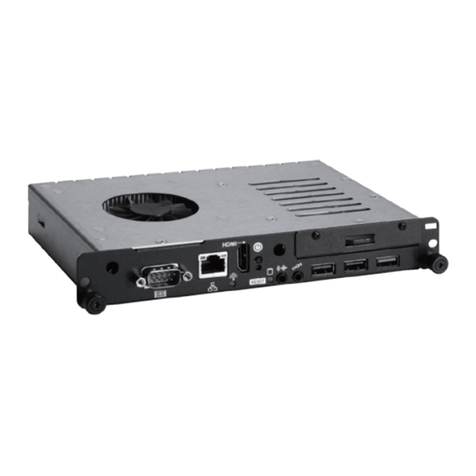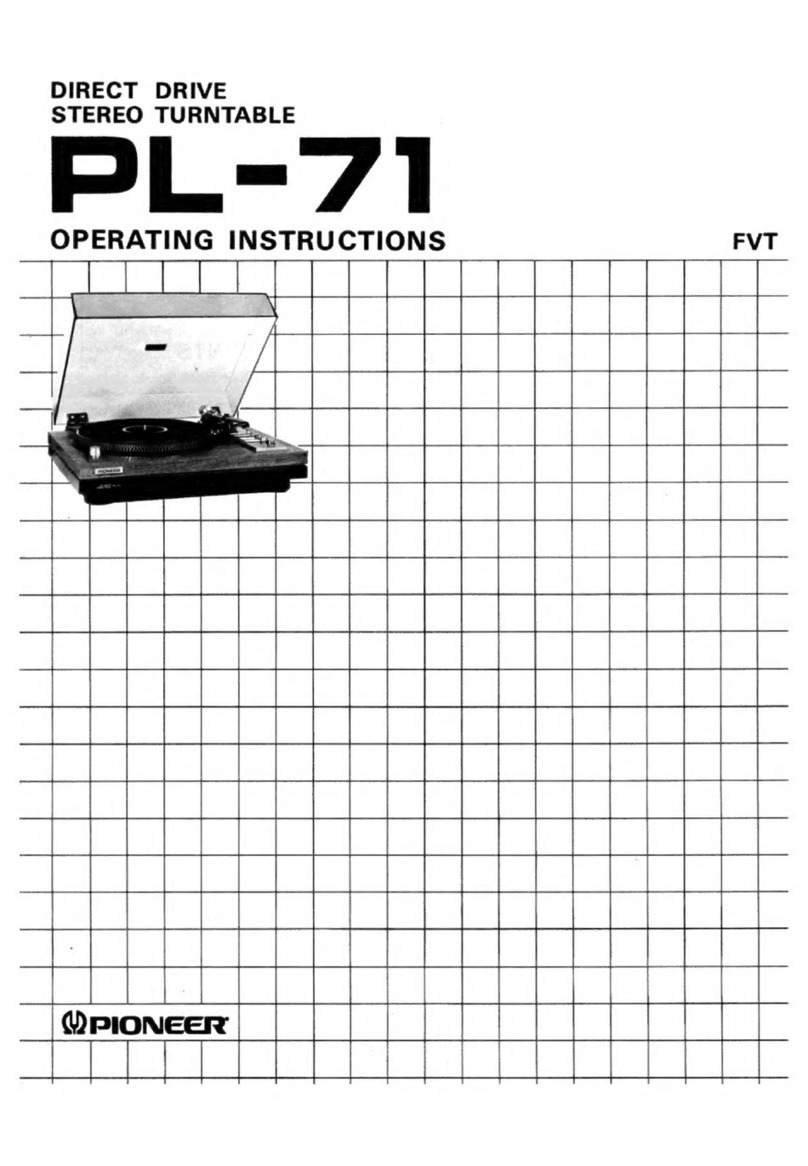Sony MDH-10 User manual
Other Sony Turntable manuals

Sony
Sony PS-X555ES User manual

Sony
Sony WALKMAN NW-ZX505 User manual
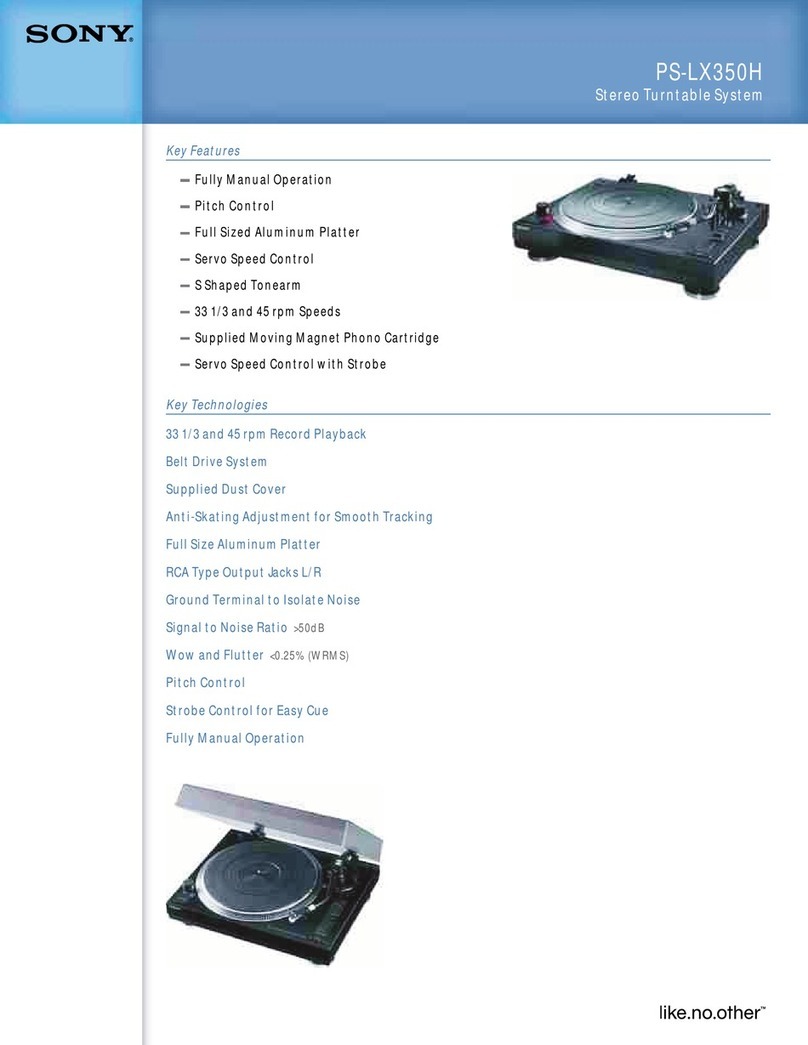
Sony
Sony PS-LX350H User manual

Sony
Sony PS-LX60 User manual
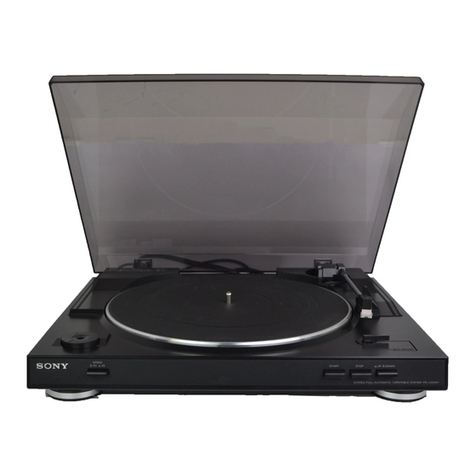
Sony
Sony PS-LX250H Parts list manual
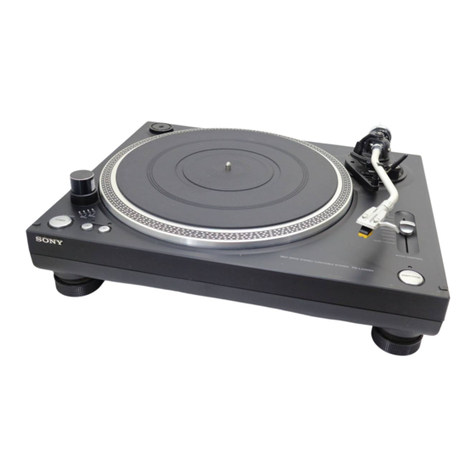
Sony
Sony PS-LX300H User manual

Sony
Sony PS-2250 User manual
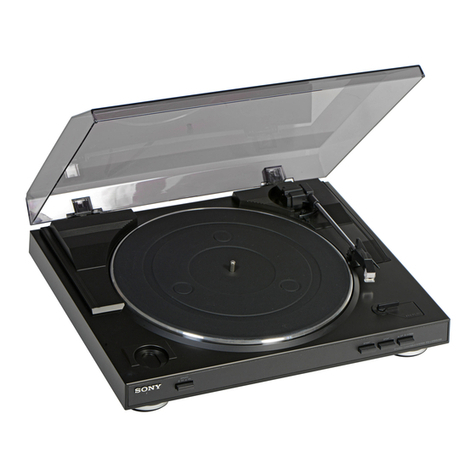
Sony
Sony PS-LX300USB - USB Stereo Turntable System User manual

Sony
Sony PS-LX110 User manual

Sony
Sony PS-X6 User manual
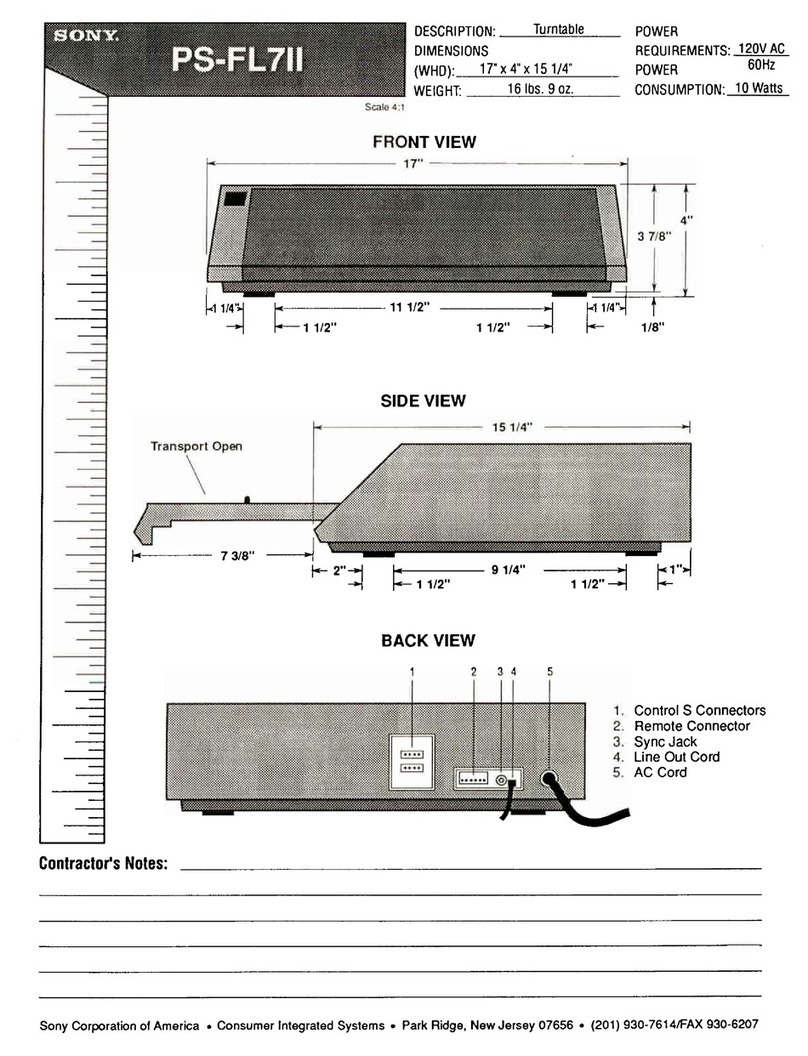
Sony
Sony PS-FL7II - Stereo Turntable Parts list manual

Sony
Sony PS-636 User manual

Sony
Sony PS-DJ9000 - Stereo Turntable System User manual
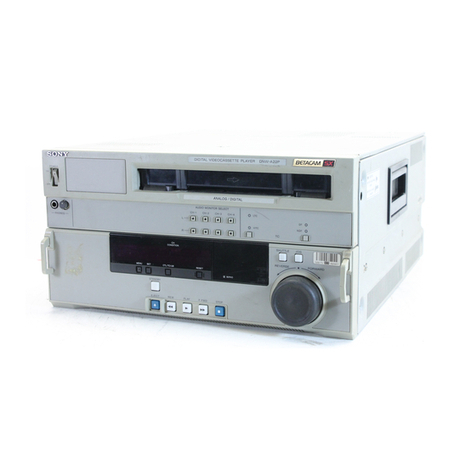
Sony
Sony Betacam SX DNW-A22 User manual
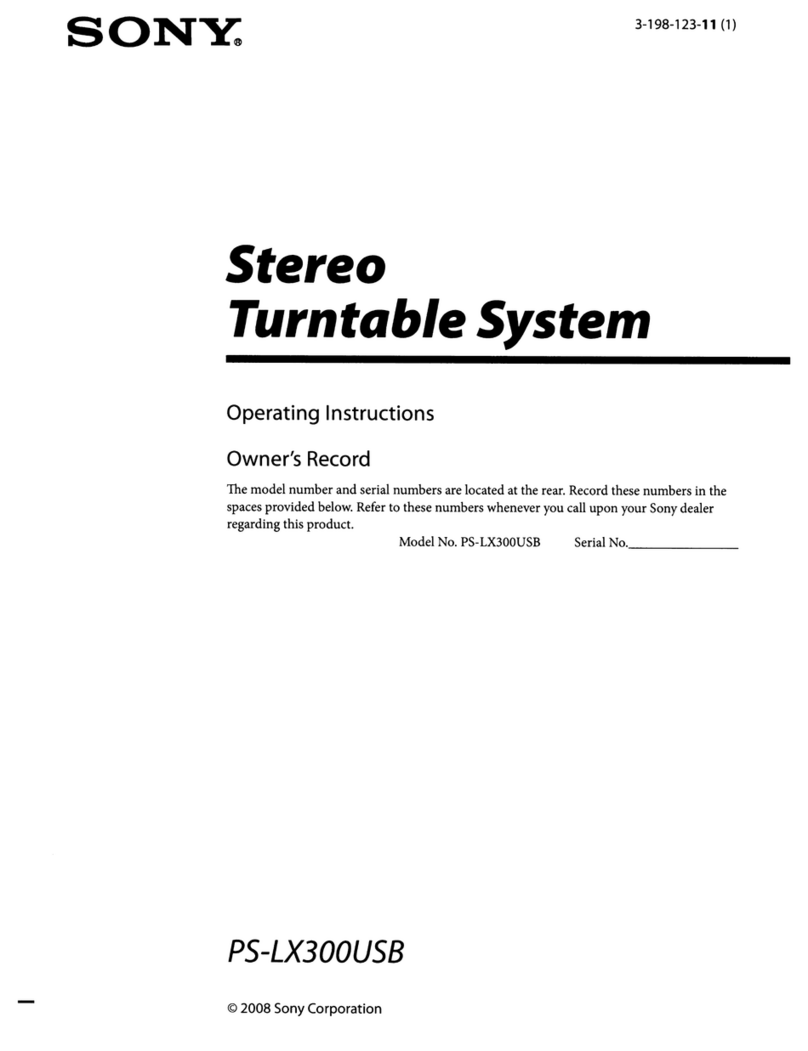
Sony
Sony PS-LX300USB - USB Stereo Turntable System User manual

Sony
Sony PS-LX300USB - USB Stereo Turntable System User manual

Sony
Sony PS-LX300H User manual
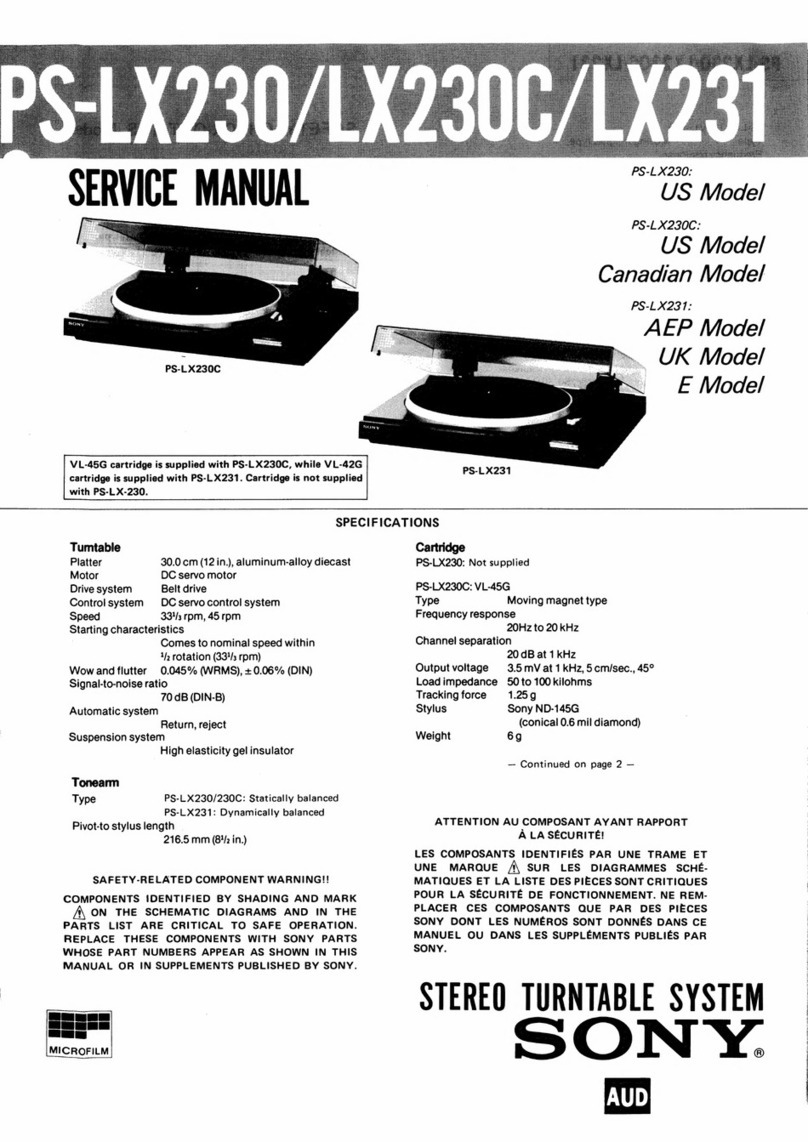
Sony
Sony PS-LX230 User manual

Sony
Sony PS-J10 Primary User manual
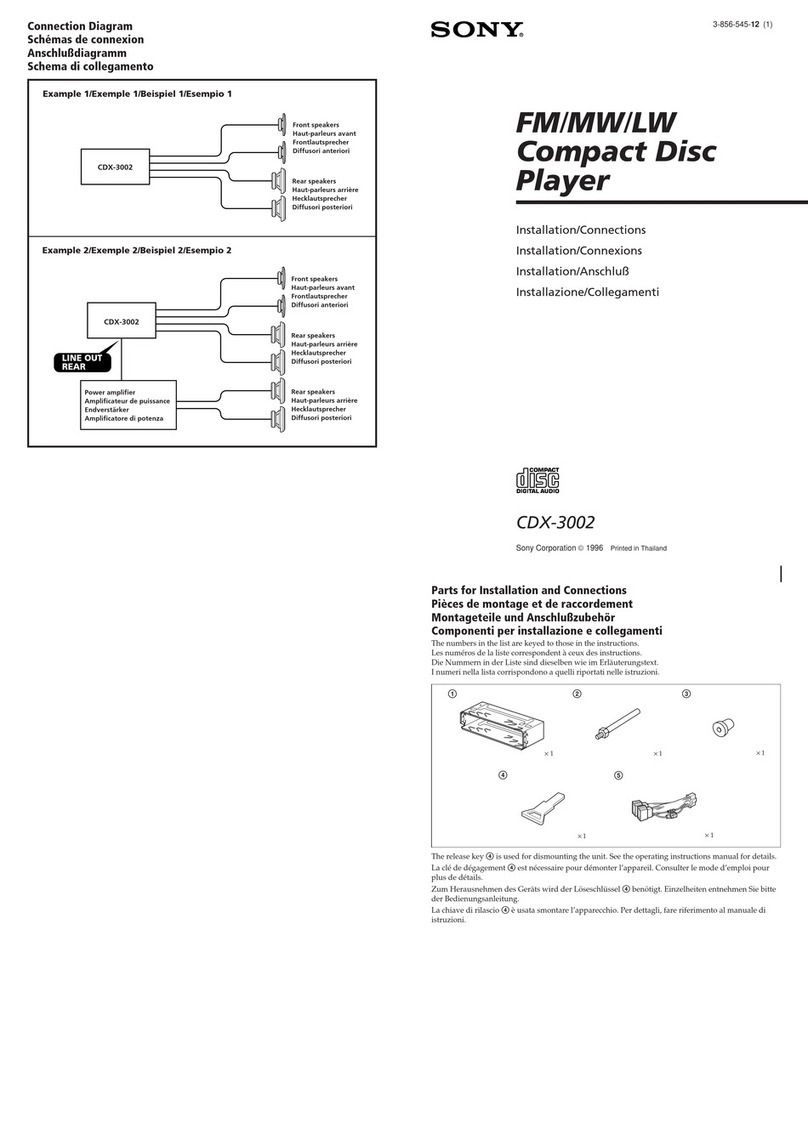
Sony
Sony CDX-3002 User manual

